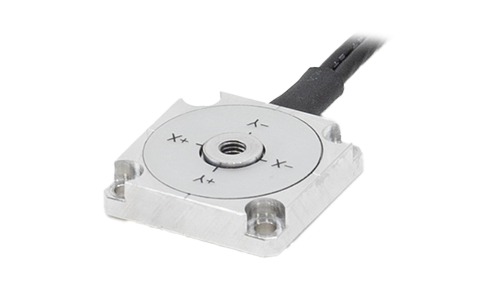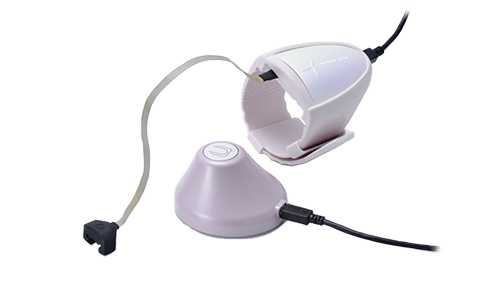Haptics/Sensory Perception
-
The Human Sense of Touch
Humans interact with countless objects every day, perceiving a wide variety of sensations — heat, cold, softness, smoothness, roughness, stickiness, and comfort. But why are we able to perceive these subtle differences? One reason lies in the complex network of nerves that runs throughout the human body. Among them, sensory nerves detect external stimuli and transmit that information to the spinal cord and brain. Furthermore, the skin is densely populated with tactile receptors that sense pressure, vibration, friction, and temperature, forming the foundation of our sense of touch.
-
Quantifying Sensation — Measuring the Unmeasurable
At TecGihan, we focus on tactile perception — quantifying what people “feel” by measuring physical parameters such as load, friction, and vibration. Traditionally, sensory evaluation has relied heavily on subjective experience and intuition. By measuring and visualizing these sensations numerically, we help create objective standards for sensory evaluation, enabling the sharing and transmission of tactile experiences through advanced sensing devices. For example: How much has frictional force increased when a surface material change makes it feel rougher? Can vibrations, once judged only by instinct or “feel,” now be sensed and used as objective pass/fail criteria in production? What makes a certain texture pleasant to touch — and how can we quantify that comfort? These questions drive our research, from fundamental studies on tactile perception to applied development of haptic and sensory evaluation systems.
-
The Human Finger — The Most Sensitive Sensor
The human fingertip is one of the most sensitive parts of the body, rich in tactile receptors. When a finger slides across a surface, a variety of factors influence the resulting friction and vibration — including age, gender, skin condition, contact pressure, sliding speed, texture, and temperature. Tech Gihan’s Tactile Force Plate is an ultra-sensitive multi-axis force measurement device capable of detecting forces as small as those involved in a smartphone touch gesture. When combined with an acrylic top plate, it also enables image capture from below, allowing synchronized visual and force analysis. By combining force sensing and imaging, researchers can explore phenomena such as the stick–slip effect that occurs when the fingertip slides across a surface — revealing the mechanics behind how humans perceive texture and friction.
-

- Force Sensor / Amplifier / Interface
- Basic force measuring instruments including one of the world's smallest class of 3-axis force sensors.
-

- Force Plate
- 6 force components measuring platform that can be used for the measurement of walking, running or standing-up motion.
-

- Tactile & Texture Measurement
- Tactile and texture evaluations using our force or vibration measuring instruments.
